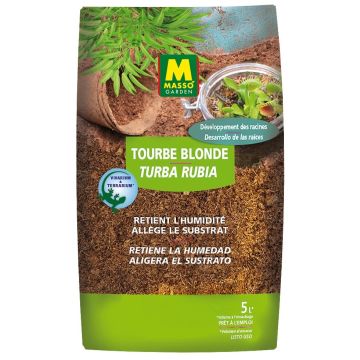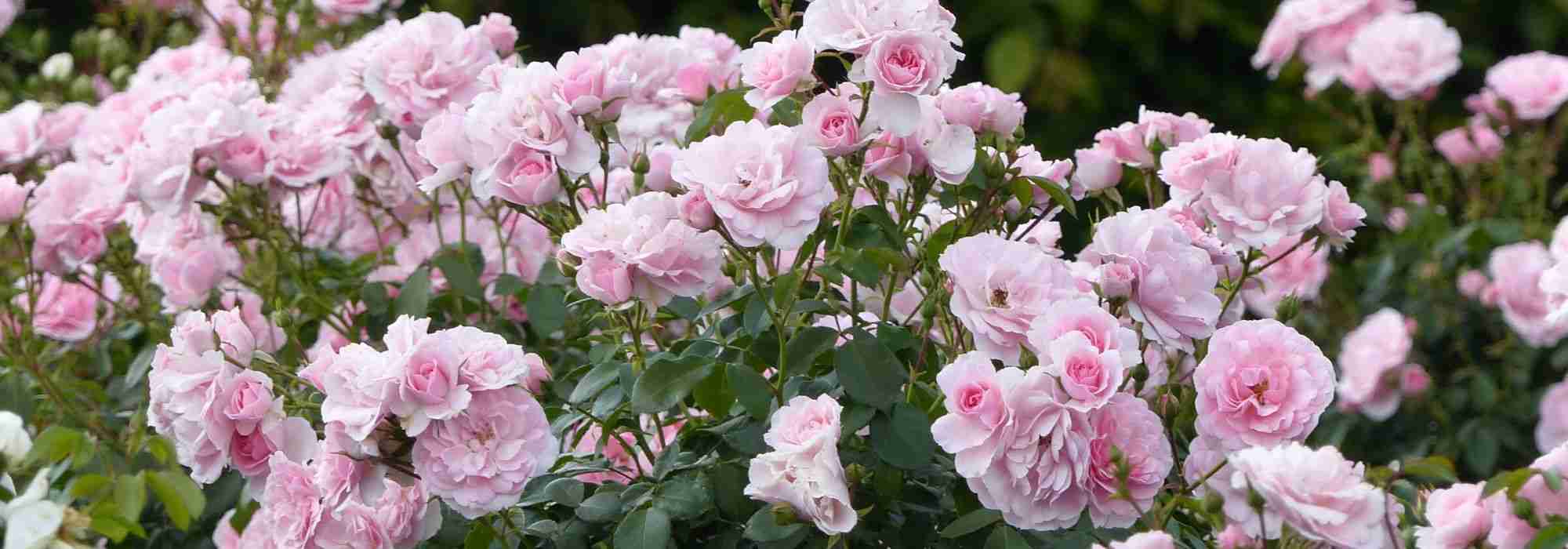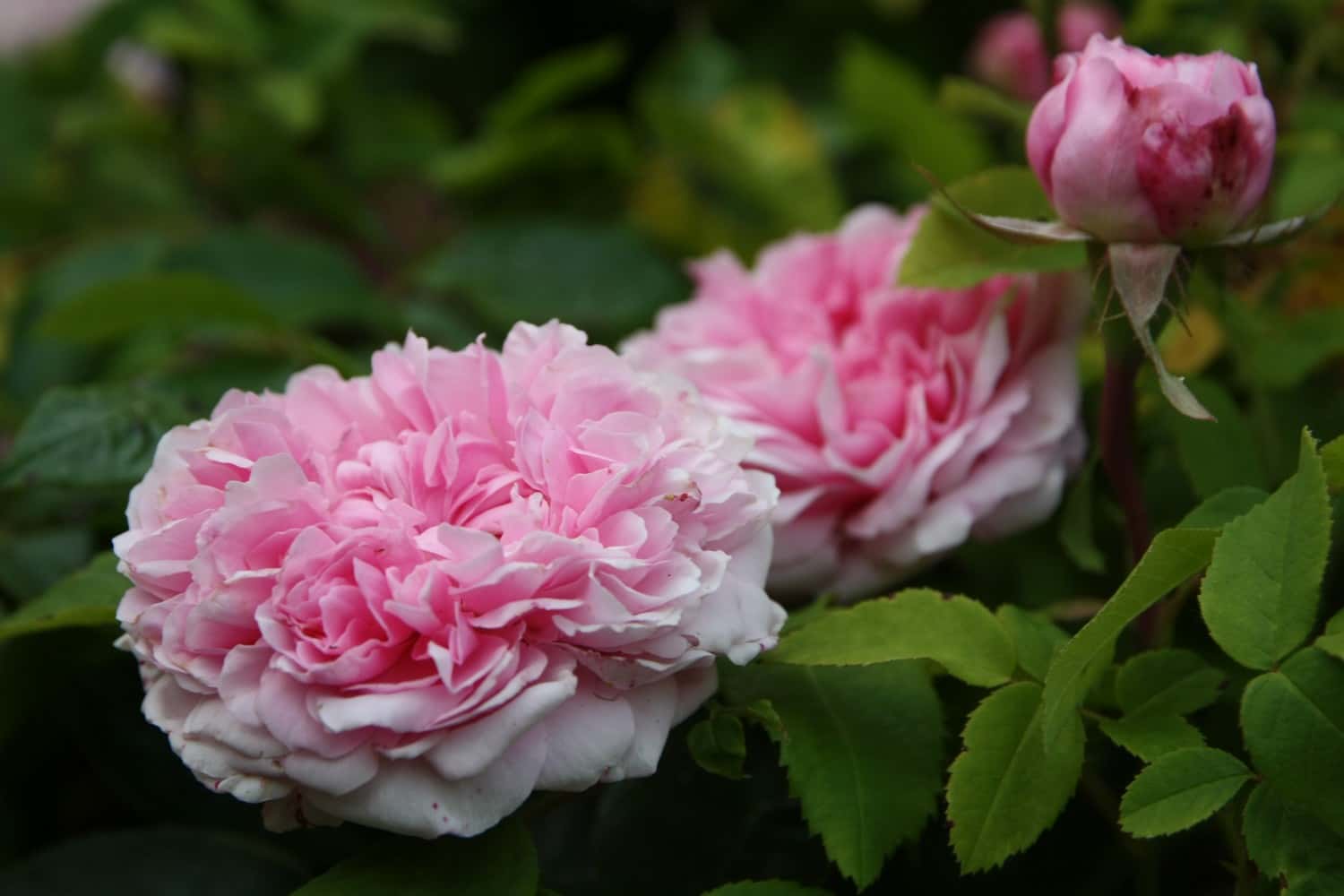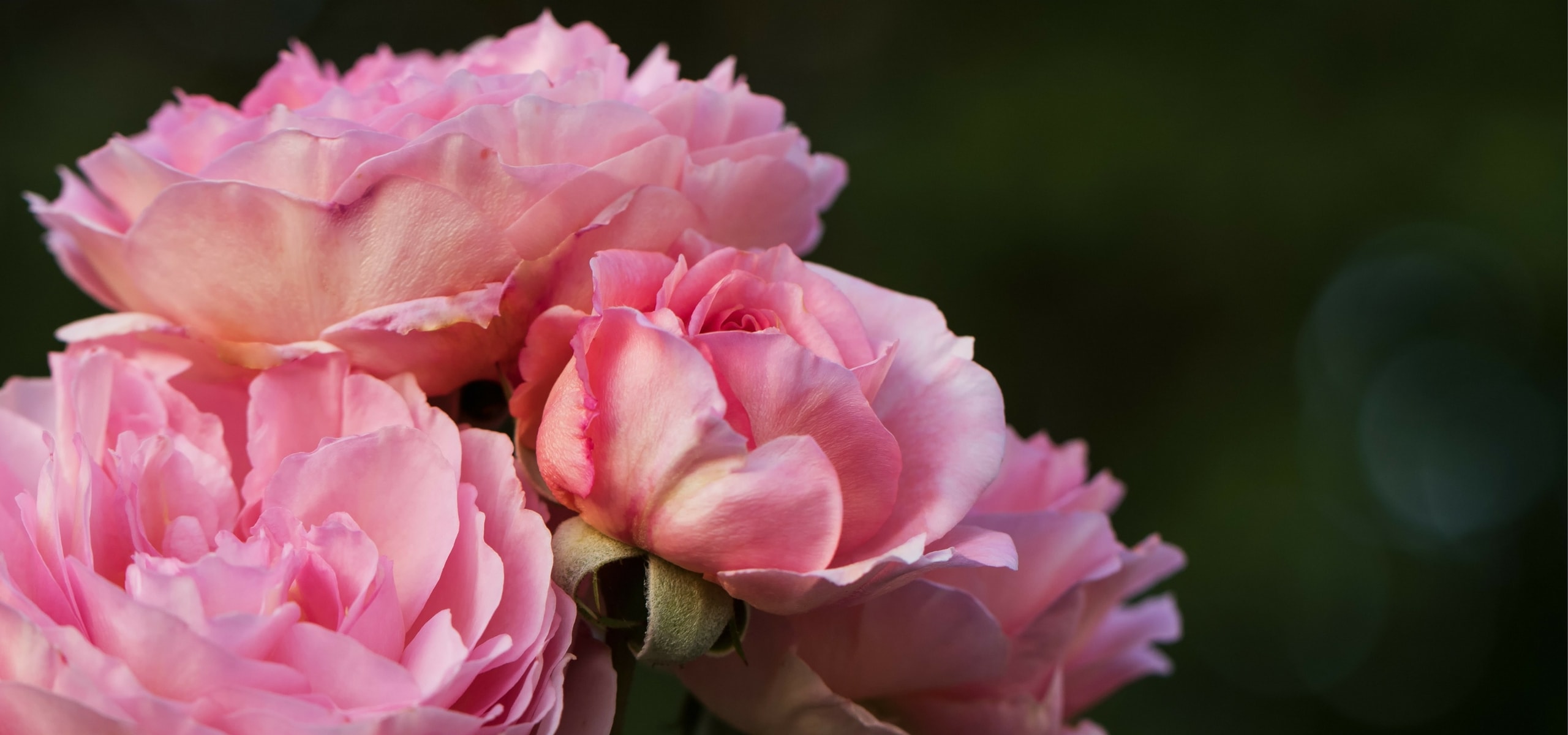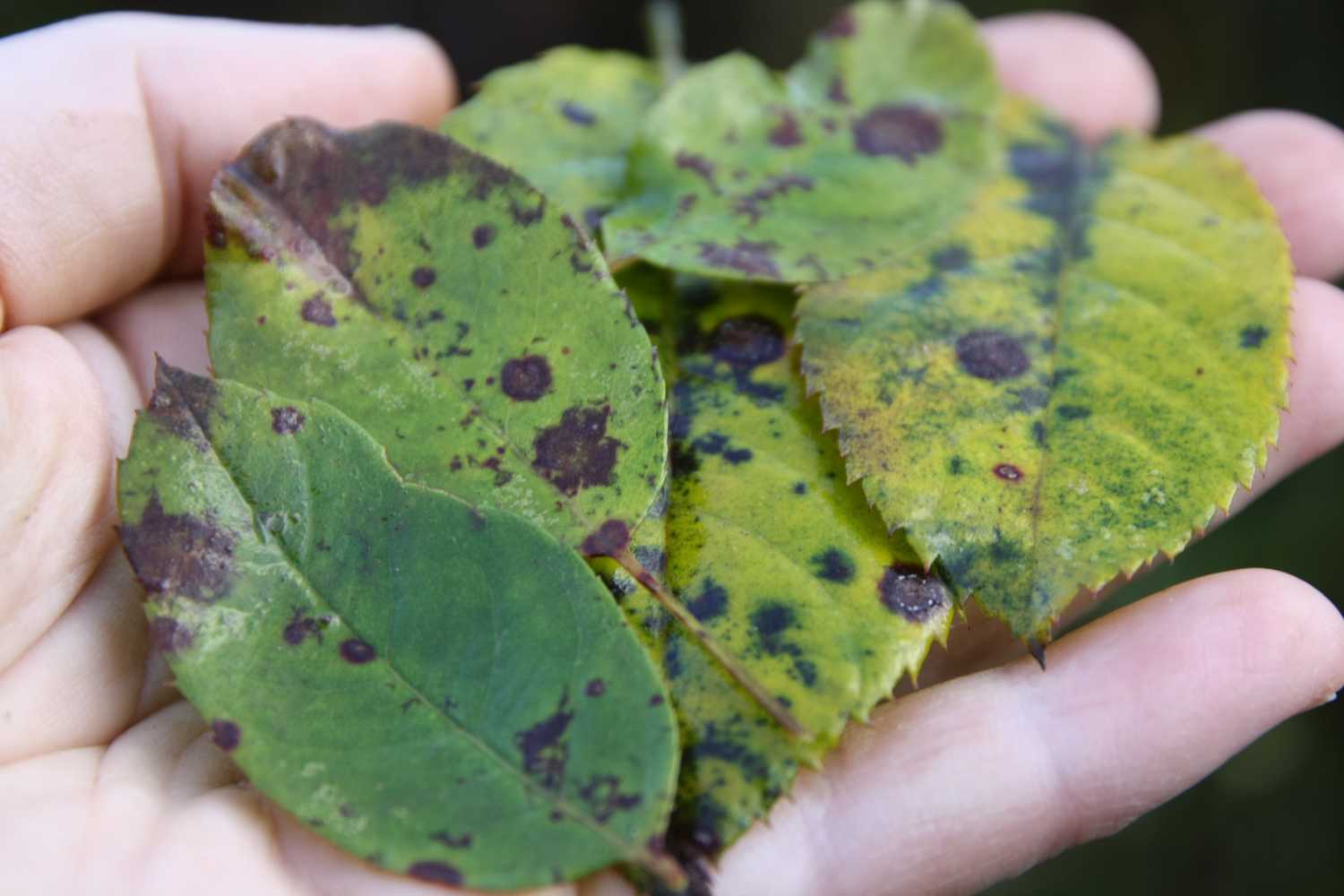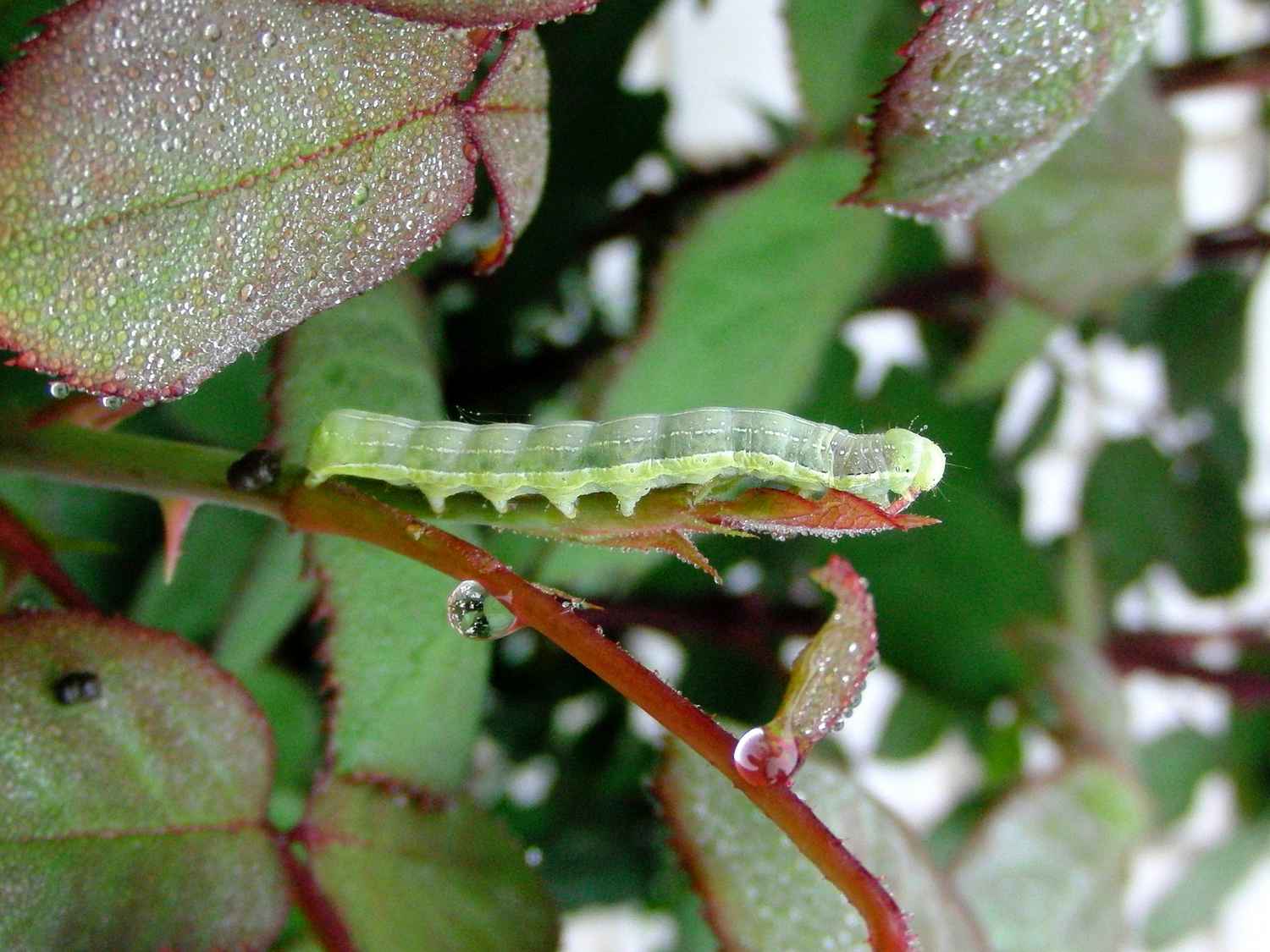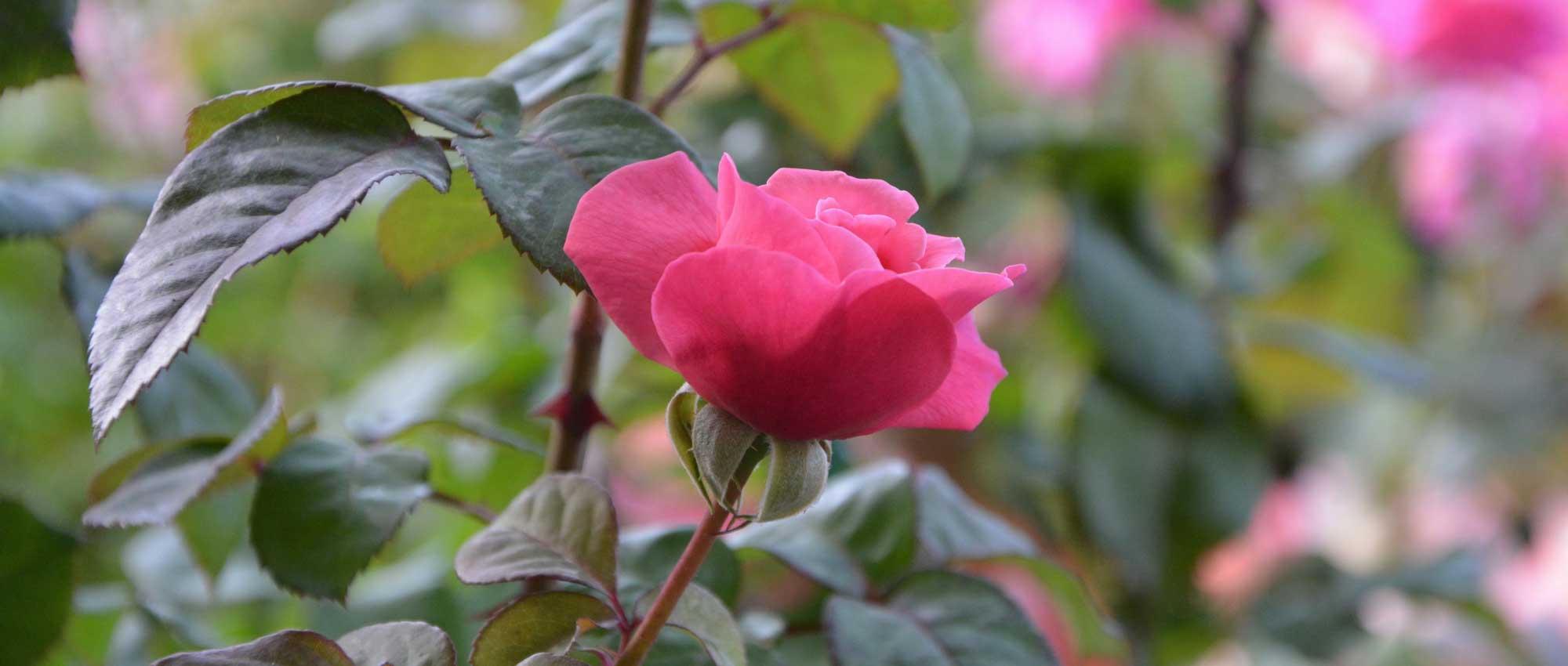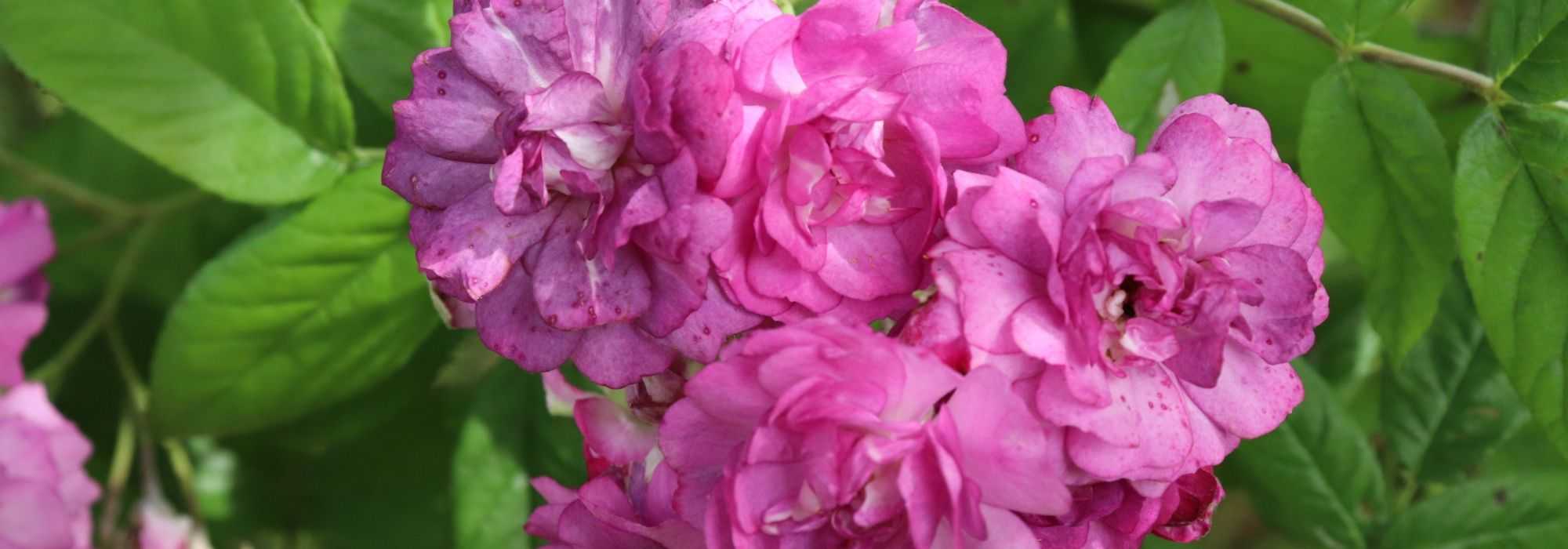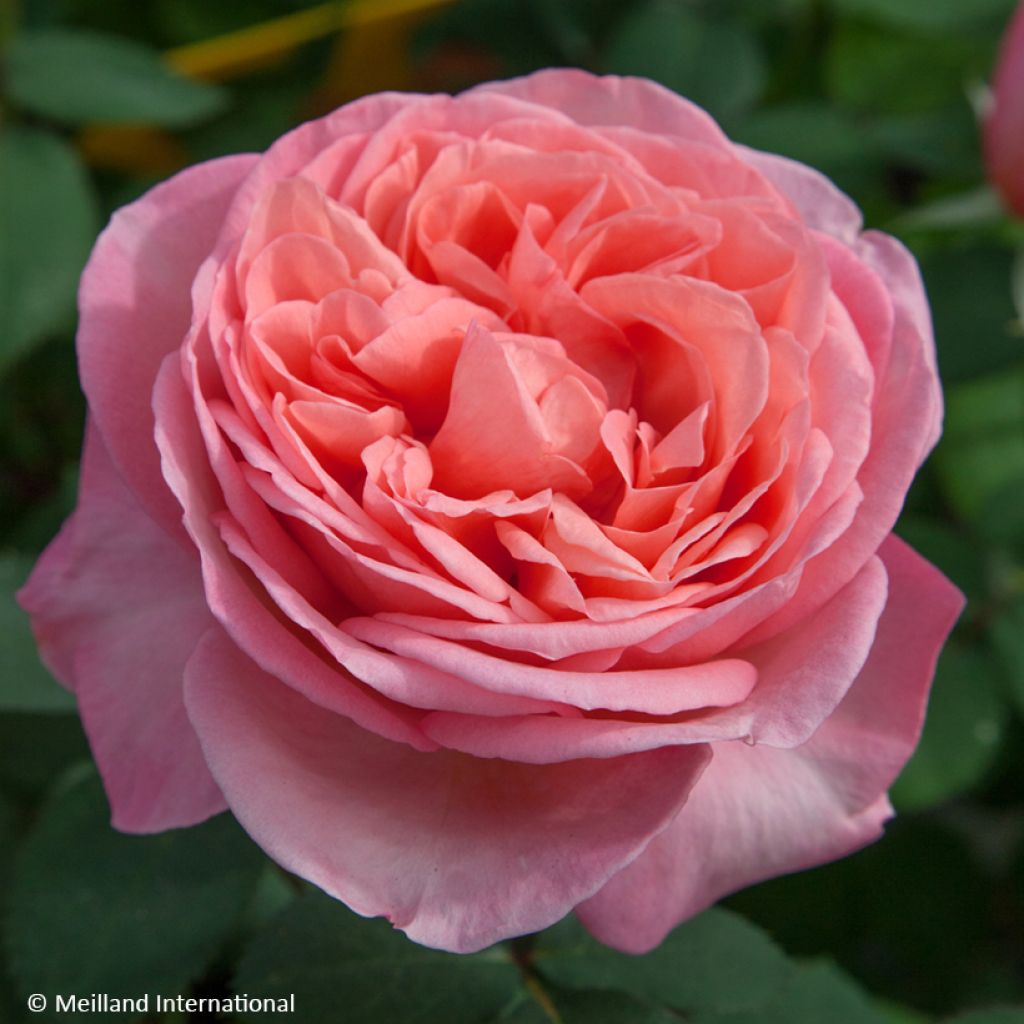

Rosa 'Meinostair' MADEMOISELLE MEILLAND® - Rosier Mademoiselle Meilland, Rosier Sweet Mademoiselle
Rosa 'Meinostair' MADEMOISELLE MEILLAND® - Rosier Mademoiselle Meilland, Rosier Sweet Mademoiselle
Rosa 'Meinostair' MADEMOISELLE MEILLAND®
Rosier Mademoiselle Meilland, Rosier Sweet Mademoiselle
Thank you to the team (for order preparation and shipping). The replacement rose bush received under warranty appears healthy (better condition than the previous one). Planted near a 'Violet de Mèze' Bougainvillea, I'm now patiently waiting for it to take root... (or not?).
Thierry, 16/07/2025
Special offer!
Receive a €20 voucher for any order over €90 (excluding delivery costs, credit notes, and plastic-free options)!
1- Add your favorite plants to your cart.
2- Once you have reached €90, confirm your order (you can even choose the delivery date!).
3- As soon as your order is shipped, you will receive an email containing your voucher code, valid for 3 months (90 days).
Your voucher is unique and can only be used once, for any order with a minimum value of €20, excluding delivery costs.
Can be combined with other current offers, non-divisible and non-refundable.
Home or relay delivery (depending on size and destination)
Schedule delivery date,
and select date in basket
This plant carries a 24 months recovery warranty
More information
We guarantee the quality of our plants for a full growing cycle, and will replace at our expense any plant that fails to recover under normal climatic and planting conditions.

Would this plant suit my garden?
Set up your Plantfit profile →
Description
The Mademoiselle Meilland® ‘Meinostair’ rose bush combines the elegance of old roses with the performance of modern varieties. Its large, romantic flowers are a bright candy pink warmed with orange at the heart. Charming in the garden, they exude a delicate fragrance, blending lemony verbena and fruity hints that will be appreciated in cut flowers. Disease-resistant and multiple award-winning, this bush also offers abundant and continuous flowering from late spring until the first frosts.
The Mademoiselle Meilland® rose bush is a creation of the Meilland house introduced to the horticultural market in 2015. This variety has received several awards including the Piaget Rose Trophy and the Public Prize in Monaco in 2016, as well as a certificate in Rœulx, Belgium, the same year. It is classified in the large-flowered roses group. It is appreciated for its quartered flowers, a characteristic found in old roses.
The habit of this Mademoiselle Meilland® rose bush is bushy, dense, and regular, reaching a height of 80 cm to 1 m. Its flowers of a diameter of 13 cm display a bright candy pink hue with orange tones at the heart. They have around 68 petals. Their fragrance is moderate, both fruity and fresh. The continuous flowering begins in June and renews itself until October. The glossy green foliage is deciduous: it falls in autumn and regrows in spring. The stems are equipped with thorns, a common characteristic among rose bushes.
This rose bush carries a strong family history. It pays tribute to the generations of young ladies of the Meilland family who shaped the history of this prestigious house for over 140 years. It symbolises both heritage and innovation.
The Mademoiselle Meilland® ‘Meinostair’ rose bush is made for romantic gardens. This bush can be planted alone to showcase its large, bright flowers or paired with other rose bushes in complementary shades in a rose bed. It will form a beautiful combination with a climbing rose ‘Pierre de Ronsard’, a mauve and fragrant clustered rose ‘Novalis’, and a light pink and abundant groundcover rose ‘The Fairy’.
Rosa 'Meinostair' MADEMOISELLE MEILLAND® - Rosier Mademoiselle Meilland, Rosier Sweet Mademoiselle in pictures
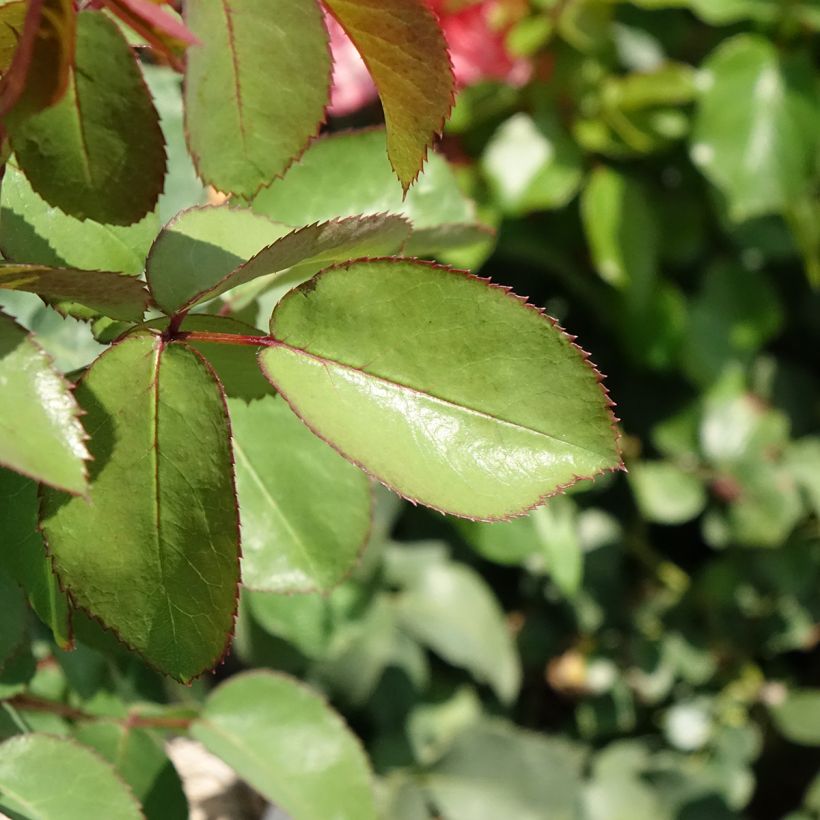

Plant habit
Flowering
Foliage
Botanical data
Rosa
'Meinostair' MADEMOISELLE MEILLAND®
Rosaceae
Rosier Mademoiselle Meilland, Rosier Sweet Mademoiselle
Rosa Mademoiselle Meilland, Rosa Rosier Mademoiselle Meilland
Cultivar or hybrid
Planting and care
To plant your Mademoiselle Meilland rose, prepare the soil by digging a 30 cm cube, breaking up the earth well and adding a base fertiliser such as dried blood or dehydrated horn at the bottom of the planting hole. Place your plant after removing it from its pot, covering the top of the root ball with 3 cm of soil, backfill and water thoroughly to eliminate any air pockets. In dry weather, water regularly for a few weeks to encourage root establishment. Also remember to feed your rose with a special rose fertiliser to promote flowering. Choose a sunny spot, or partial shade in very hot regions.
Planting period
Intended location
Care
Planting & care advice
-
, onOrder confirmed
Reply from on Promesse de fleurs
Haven't found what you were looking for?
Hardiness is the lowest winter temperature a plant can endure without suffering serious damage or even dying. However, hardiness is affected by location (a sheltered area, such as a patio), protection (winter cover) and soil type (hardiness is improved by well-drained soil).

Photo Sharing Terms & Conditions
In order to encourage gardeners to interact and share their experiences, Promesse de fleurs offers various media enabling content to be uploaded onto its Site - in particular via the ‘Photo sharing’ module.
The User agrees to refrain from:
- Posting any content that is illegal, prejudicial, insulting, racist, inciteful to hatred, revisionist, contrary to public decency, that infringes on privacy or on the privacy rights of third parties, in particular the publicity rights of persons and goods, intellectual property rights, or the right to privacy.
- Submitting content on behalf of a third party;
- Impersonate the identity of a third party and/or publish any personal information about a third party;
In general, the User undertakes to refrain from any unethical behaviour.
All Content (in particular text, comments, files, images, photos, videos, creative works, etc.), which may be subject to property or intellectual property rights, image or other private rights, shall remain the property of the User, subject to the limited rights granted by the terms of the licence granted by Promesse de fleurs as stated below. Users are at liberty to publish or not to publish such Content on the Site, notably via the ‘Photo Sharing’ facility, and accept that this Content shall be made public and freely accessible, notably on the Internet.
Users further acknowledge, undertake to have ,and guarantee that they hold all necessary rights and permissions to publish such material on the Site, in particular with regard to the legislation in force pertaining to any privacy, property, intellectual property, image, or contractual rights, or rights of any other nature. By publishing such Content on the Site, Users acknowledge accepting full liability as publishers of the Content within the meaning of the law, and grant Promesse de fleurs, free of charge, an inclusive, worldwide licence for the said Content for the entire duration of its publication, including all reproduction, representation, up/downloading, displaying, performing, transmission, and storage rights.
Users also grant permission for their name to be linked to the Content and accept that this link may not always be made available.
By engaging in posting material, Users consent to their Content becoming automatically accessible on the Internet, in particular on other sites and/or blogs and/or web pages of the Promesse de fleurs site, including in particular social pages and the Promesse de fleurs catalogue.
Users may secure the removal of entrusted content free of charge by issuing a simple request via our contact form.
The flowering period indicated on our website applies to countries and regions located in USDA zone 8 (France, the United Kingdom, Ireland, the Netherlands, etc.)
It will vary according to where you live:
- In zones 9 to 10 (Italy, Spain, Greece, etc.), flowering will occur about 2 to 4 weeks earlier.
- In zones 6 to 7 (Germany, Poland, Slovenia, and lower mountainous regions), flowering will be delayed by 2 to 3 weeks.
- In zone 5 (Central Europe, Scandinavia), blooming will be delayed by 3 to 5 weeks.
In temperate climates, pruning of spring-flowering shrubs (forsythia, spireas, etc.) should be done just after flowering.
Pruning of summer-flowering shrubs (Indian Lilac, Perovskia, etc.) can be done in winter or spring.
In cold regions as well as with frost-sensitive plants, avoid pruning too early when severe frosts may still occur.
The planting period indicated on our website applies to countries and regions located in USDA zone 8 (France, United Kingdom, Ireland, Netherlands).
It will vary according to where you live:
- In Mediterranean zones (Marseille, Madrid, Milan, etc.), autumn and winter are the best planting periods.
- In continental zones (Strasbourg, Munich, Vienna, etc.), delay planting by 2 to 3 weeks in spring and bring it forward by 2 to 4 weeks in autumn.
- In mountainous regions (the Alps, Pyrenees, Carpathians, etc.), it is best to plant in late spring (May-June) or late summer (August-September).
The harvesting period indicated on our website applies to countries and regions in USDA zone 8 (France, England, Ireland, the Netherlands).
In colder areas (Scandinavia, Poland, Austria...) fruit and vegetable harvests are likely to be delayed by 3-4 weeks.
In warmer areas (Italy, Spain, Greece, etc.), harvesting will probably take place earlier, depending on weather conditions.
The sowing periods indicated on our website apply to countries and regions within USDA Zone 8 (France, UK, Ireland, Netherlands).
In colder areas (Scandinavia, Poland, Austria...), delay any outdoor sowing by 3-4 weeks, or sow under glass.
In warmer climes (Italy, Spain, Greece, etc.), bring outdoor sowing forward by a few weeks.































